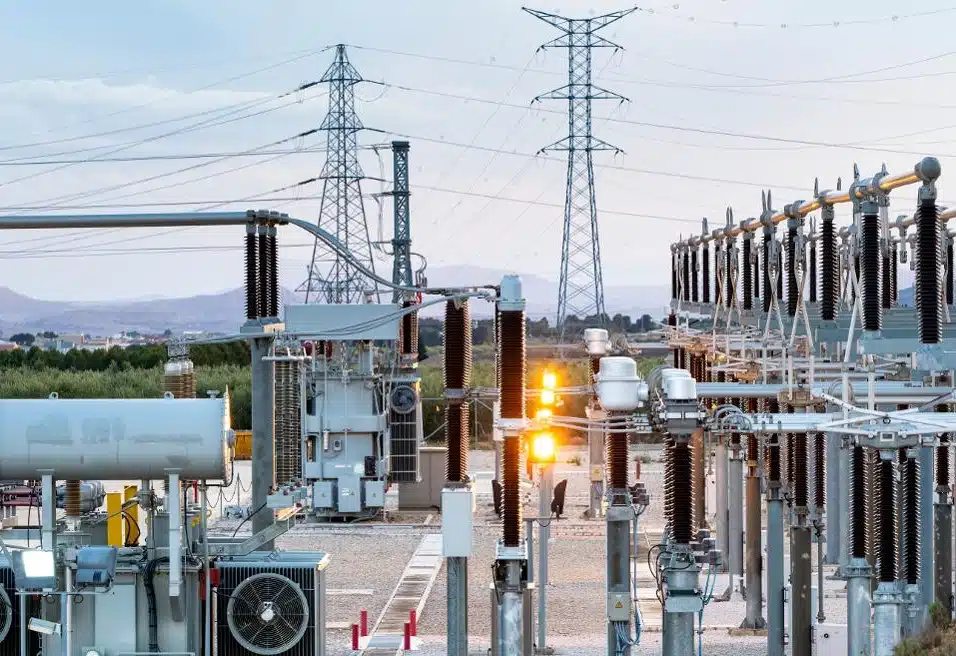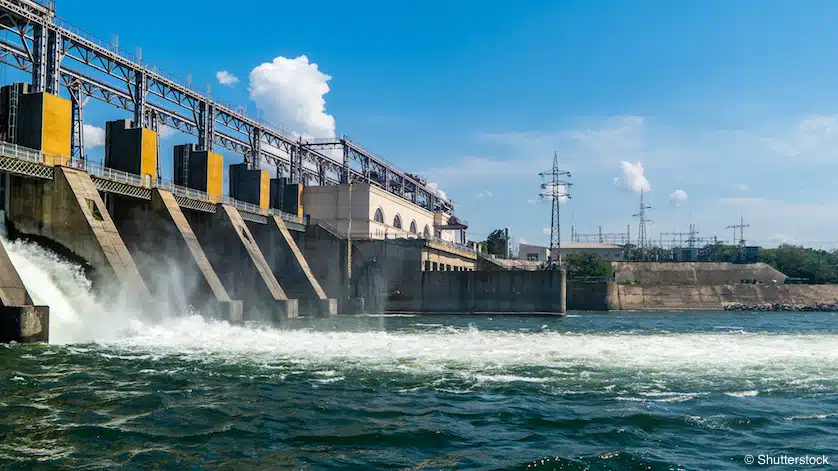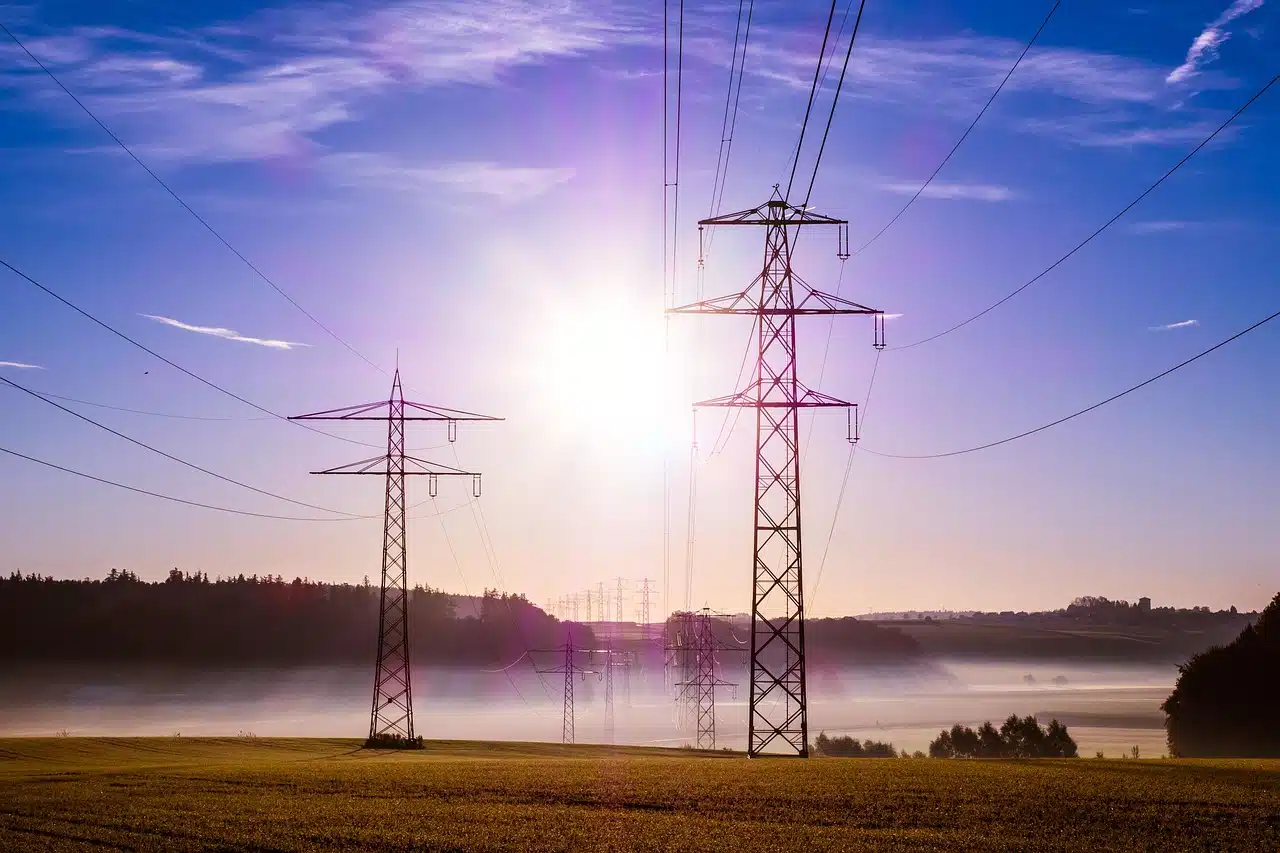The African Guarantee Fund (AGF) announced the launch of its Mission 300 Local Currency Guarantee Facility to mobilize $5 billion to support energy access projects across Africa.
The African Guarantee Fund (AGF) made this announcement on Wednesday via a press release published by APO and retrieved by Energy in Africa.
According to the statement, the project targets financing for small and medium-sized enterprises (SMEs) in the Distributed Renewable Energy (DRE) sector, and AGF plays an important role in advancing inclusive energy solutions by bridging finance gaps and fostering public-private partnerships.
However, funds has been at the forefront of bridging the funding gap for green SMEs by leading the implementation of the Green Guarantee Facility, which is sponsored by the Nordic Development Fund and the Investment Fund for Developing Countries.
Wale Shonibare, the Director for Energy Financial Solutions for AfDB further explained that the funding will encourage collaboration among African leaders.
“The Mission 300 Local Currency Guarantee Facility will encourage collaboration with African governments whilst leveraging concessional financing from the African Development Bank, the World Bank Group, and other development partners to scale the involvement of local banks in financing Distributed Renewable Energy solutions,” he said.
Jules Ngankam, AGF Group CEO, also noted that AGF’s leadership in driving financial innovation for SMEs aligns seamlessly with the goals of Mission 300.
“We have successfully implemented the Green Guarantee, which has facilitated progress toward national commitments under the Africa Energy Declaration, the African Union’s Vision 2063, and the global Sustainable Development Goals, fostering inclusive growth and climate resilience.” Jules added.
What you need to know
Mission 300 is a project undertaken by the African Development Bank and the World Bank Group to help 300 million Africans gain access to clean and sustainable energy by 2030.
The initiative targets Africa’s energy access gap, with over 600 million people still without electricity, and also enables private-sector investment in distributed renewable energy (DRE) solutions through strategic partnerships, novel financing structures, and capacity-building measures.








